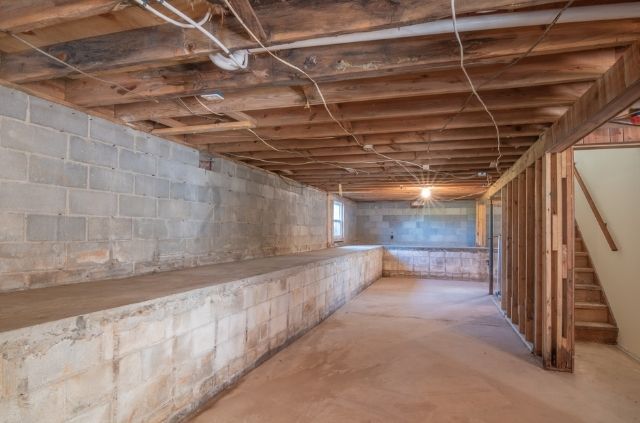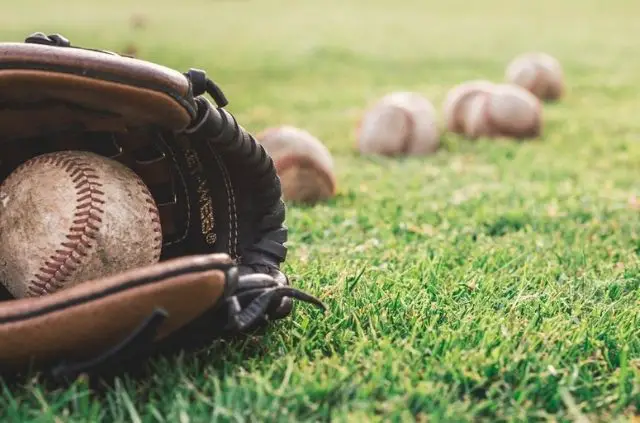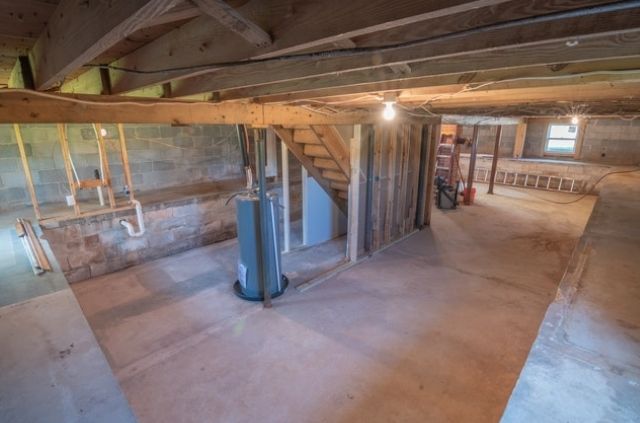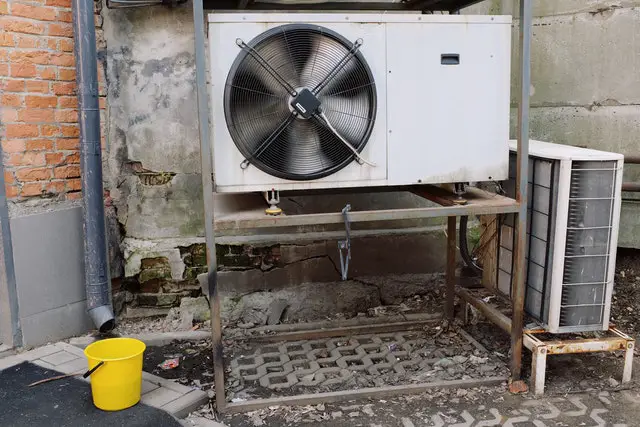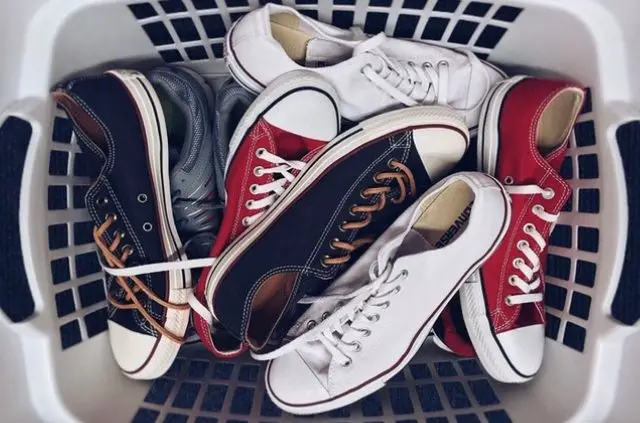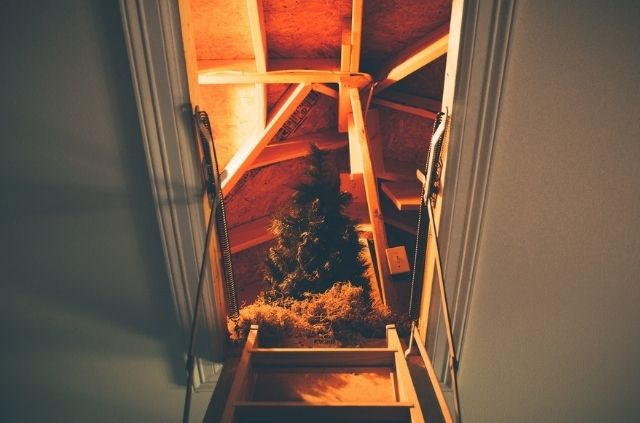Does Mold Die When it Dries Out?
We’re all familiar with the dangers mold can bring, especially when it’s growing inside the house. But there are some people who think that dry mold is safe even when you’re in close proximity to it. This raises a very important question: does mold die when it dries out?
No, mold does not die when it’s dry, but it does stop growing. Mold is a type of organic growth that requires a specific set of conditions to thrive. Even dry mold will re-activate and begin growing again with the slightest amount of moisture. Let’s take a look at where you can find mold and how to prevent it from spreading in the house.
How Mold Grows in the House
Mold tends to develop in areas that are damp, moist, dark, and see very little sunlight. If you’re a homeowner I’m sure you just thought of the basement. This is the ideal environment for mold growth and once it starts, it can start spreading quickly. Even though mold is common in the ground floor of your house, it can really be found anywhere.
1. Excess Moisture
As you have probably learned by now, moisture is the leading factor for mold growth. Mold can most often be found in basements for this reason. When warm air meets with the cold walls and floor of your basement, it creates moisture to develop. You can see this in the summer when a glass of ice water sweats due to the much warmer air.
Any items you have in the ground floor of your house are can be a target for mold growth. But mold can mostly be found on wood and other porous surfaces. These materials have natural tiny holes and cracks that will make it easier for mold spores to enter and start growing. Make sure to inspect mold hot spots (like basements) on a regular basis.
2. Leaky Pipes
Faulty pipes found throughout your home can be another explanation for mold. Mold only requires a small amount of water and the right conditions to appear. Any pipes that are leaking can produce constant drips that will contribute to this type of mold growth. Combine this moisture with a lack of sunlight and mold will start to grow.
You should check kitchen and bathroom sinks, around washing machines, and underneath toilets. These areas have appliances and a water connection, which is why it’s common to find puddles of water. Make sure to inspect these areas on a regular basis and repair, or tighten any faulty pipe connections.
3. Exterior Flaws
Even mold found on the inside of your house can be coming in from the exterior. This doesn’t mean mold spores are flying in through your door, but rather there’s a problem with your outside drainage. If rain water isn’t being drained away from your house, it will enter through areas like the ground floor and have no place to leave.
Sitting water that starts to build up in this way will contribute to mold. The first place to check is the gutters around your house. If these devices are clogged with leaves or pine needles, they need to be cleaned. You can also purchase a downspout extension that allows 2-3 feet of extra space between your foundation and excess water.
4. Wear & Tear
Let’s face it – humans aren’t perfect. Sometimes we sleep in too late, forget to take out the garbage, or spill a glass of water. Just know that a simple act of spilling a glass of water in the kitchen can create mold to start growing in the basement below. This may sound like a far fetched statement, but let’s walk through the process.
Even after you have wiped up all of the water, a small amount may have already seeped into the hardwood floors. Gravity will do its job and pull this moisture further down the wood into the basement. Now this moisture is subject to the humid and damp environment of the basement where mold can start growing.
What Happens When Mold Dries Out?
Know that you have learned how mold grows in the house and where to find it, let’s talk about what happens when it doesn’t have moisture. When mold spores dry out they will stop growing, but they can still leave you with the same problems. Dry mold can still cause allergic reactions like coughing, sneezing, runny nose, and minor skin rashes.
But the reality is that dry mold can cause even bigger problems. Due to their light weight, dry mold spores can get in the air and travel to other areas of your house. This process can lead to rapid mold growth once the moisture builds up again. Once these mold spores land on more surfaces mold will start to develop at a much quicker rate.
Does Sunlight Kill Mold?
Some people think that powerful UV rays kills mold, which is one reason why you don’t see it growing outside. Although sunlight will prevent mold from growing, mold doesn’t die when it dries out from sunlight Think back to the question that we covered above. If sunlight is able to dry out mold, it will still be a threat to you and your house.
That means if you have shoes, clothing, or anything else with mold on it, don’t leave it in the sun to solve your problem. Sure, this act will eventually dry out the mold, but it will still be waiting to re-activate again. Mold in a dormant stage still presents health risks that will cause mold spores to travel throughout the air and land on other surfaces.
How to Clean Dry Mold Spores
Dry mold spores typically found in the house should be removed by a mold specialist. This isn’t a do-it-yourself type project due to the level of expertise needed to carry out the job. The mold spores are first blasted with a machine that shoots dry ice at a high speed. This ice explodes on contact with the mold and removes it from the surface.
This cleaning process is messy and it will create a large amount of dust. That’s where a negative air pressure machine can help. Mold experts can efficiently remove all of the dust created and safely transfer it out of the house. Removing mold with this method can take a few hours with the amount of time it takes to set up all of the equipment.
- Area is prepared and masked
- Dry ice blasts mold spores
- Ice turns into vapor and kills mold
- Negative air pressure machine removes dust
- Equipment gets removed and cleaned
Final Thoughts
Hopefully this article has given you the answer to the question: does mold die when it dries out? Instead, dry mold goes through a period of inactivity until moisture forces it to start growing again. Dry mold can be just as harmful inside your home, as mold spores can travel throughout the air and land on other surfaces.
Once dry mold spores land on other areas in the house it only takes a little bit of moisture for the mold to become active again. This process will create rapid mold growth. If you have a large amount of dry mold in your house it’s best to contact a professional. They will remove it effectively and safely.
Further Reading
Search Terms
- Does mold die when it dries out?
- What happens when mold dries out?

